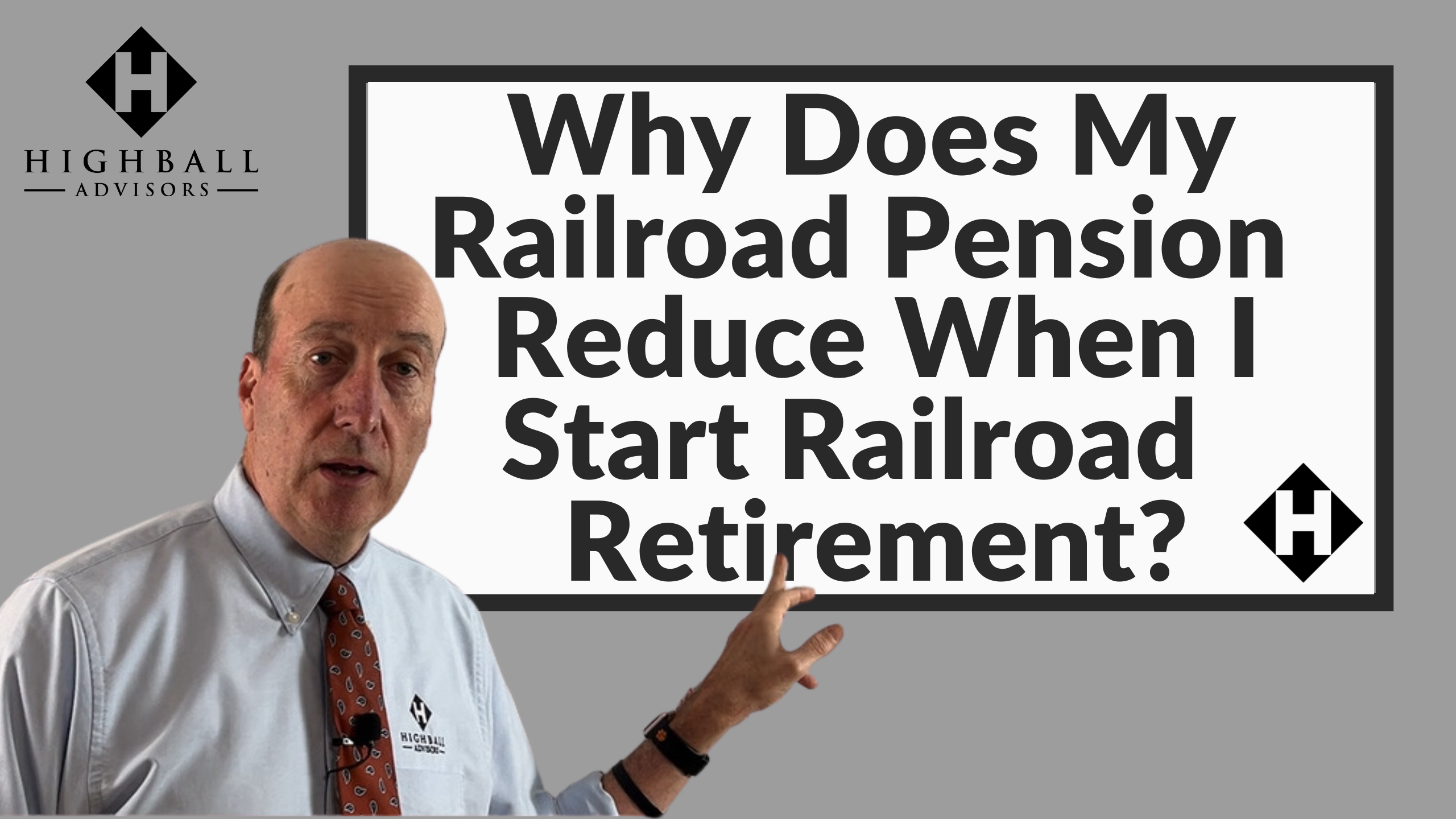
Why Does My Railroad Pension Reduce When I Start Railroad Retirement?
Video Annuity Retirement Financial PlanningGreetings, everyone, and welcome to another installment of the Highball Advisors Railroad Retirement whiteboard series. I'm John McNamara, representing Highball Advisors, and today we delve into the topic of railroad workers who receive pensions from the railroad itself. These pensions are distinct from the railroad retirement annuity and provide an additional source of retirement income. We'll also explore the adjustments that occur when the annuity comes into play.
So, let's begin by discussing these pensions. They fall under the category of defined benefit plans, wherein the railroad contributes to a pool of funds earmarked for future benefits. This differs from a 401(k), where employees make defined contributions that the railroad may match. With defined benefits, retirees already know the precise amount they will receive, which can be quite beneficial. It's worth noting that while there aren't as many pensions in existence today, long-serving railroad employees may have the privilege of being grandfathered into such plans.
This video should be particularly enlightening for those with railroad pensions, as it provides them with a guaranteed monthly sum, in addition to their railroad retirement annuity. So, what can you do with this pension? You can begin collecting it once you've left the railroad and have accumulated a certain number of years of service. It can serve as a financial bridge to your full railroad retirement, especially if you've completed 30 years of service. Although you don't have to leave precisely after 30 years to begin receiving it, it is often tied to that milestone. Typically, it is available to management or non-agreement employees.
Let's illustrate this with an example: Imagine a railroader who will receive a $7,000 monthly pension starting at age 55 after 30 years of service. However, they can't commence their railroad retirement until age 60. At 60, they'll receive $3,000 for tier one and $1,500 for tier two, totaling $4,500 per month. Here's the key point: during the initial five years from 55 to 60, the railroader collects $7,000 per month. Importantly, there is no inflation adjustment applied to this pension; it remains a fixed $7,000 annually.
At age 60, they begin receiving the $4,500 from the railroad retirement system, which reduces their pension to $2,500, since the annuity now covers the remaining $4,500. It's essential to note that while tier one and tier two of the railroad retirement annuity adjust for inflation, the pension does not. Consequently, as inflation rises, the value of the pension diminishes gradually over time. This underscores the importance of careful planning for your railroad retirement, taking into account these factors.
I hope you've found this video informative. If you have access to a pension and are approaching retirement, feel free to reach out to me. I can guide you through the boarding process for your railroad retirement, and it's a complimentary service that many have found highly valuable. Don't forget to subscribe to my YouTube channel and click the notification bell to stay updated with the latest content. Until next time, everyone, stay safe, stay on track, and take care. Goodbye, and see you soon.
Get Free Railroad Retirement Assessment
Disclaimer: This article is provided for general information and illustration purposes only. Nothing contained in the material constitutes tax advice, a recommendation for purchase or sale of any security, or investment advisory services. Highball Advisors encourages you to consult a financial planner, accountant, and/or legal counsel for advice specific to your situation. Reproduction of this material is prohibited without written permission from Highball Advisors, and all rights are reserved from Highball Advisors, and all rights are reserved.
